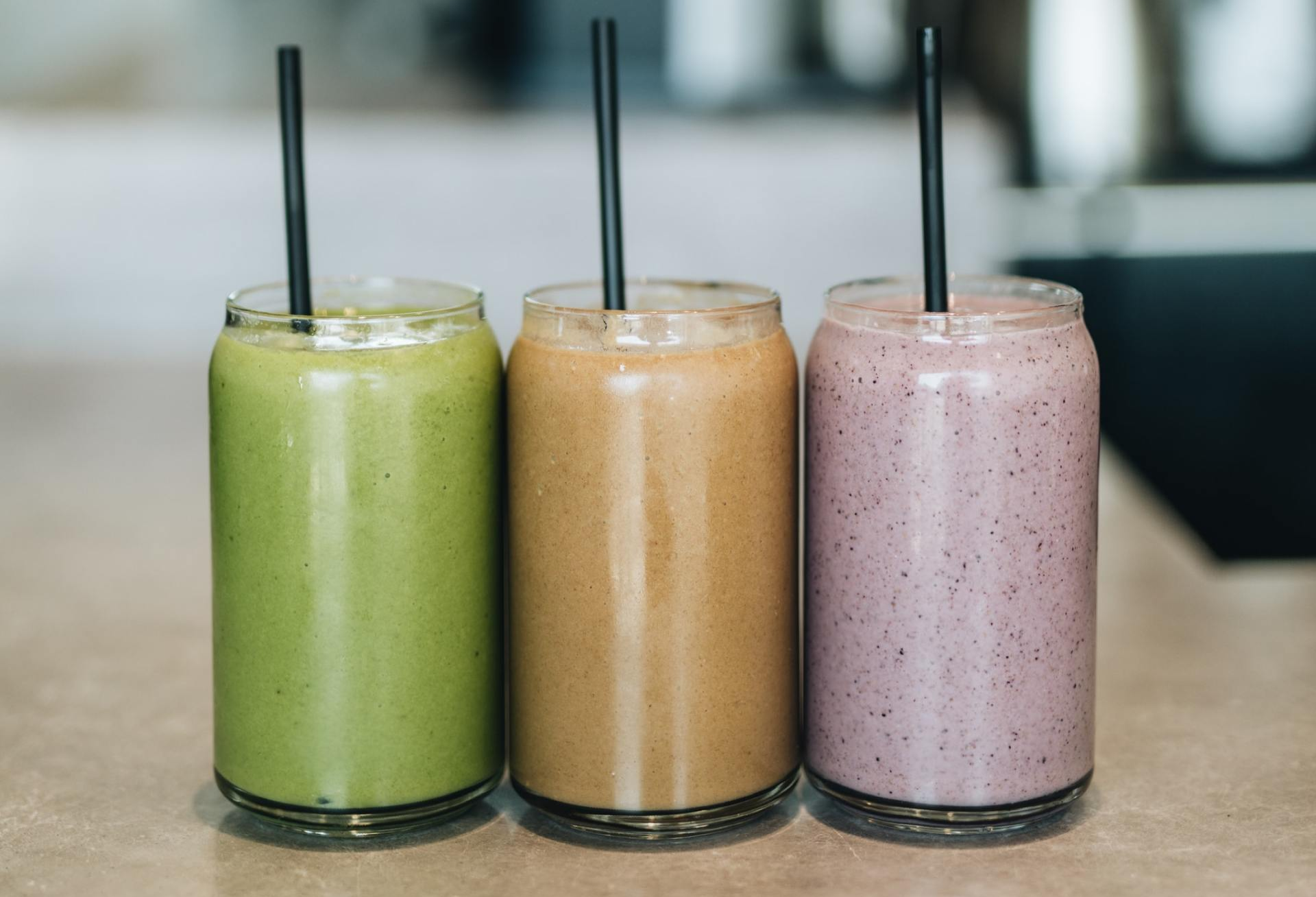Pre-Workout Nutrition
by: Julia Bresner
The debate continues about what and when to to eat before a workout for optimal performance. If you exercise on an empty stomach, will you burn more fat? Do cars run without gas? Of course, the answer is no. Our metabolism is like a fire; we need to start it with good nutrition when we wake up and continue to fuel it throughout the day to keep it burning and performing at its best.
Whether you exercise in the morning, afternoon or evening, there are some foods that can help you perform your best throughout a workout. Let’s take a closer look.
First, prioritize carbohydrates. This is the body’s preferred energy source during exercise. Carbs will raise your blood sugar, giving you a boost of energy for muscle contraction right before your workout. To prevent yourself from crashing, I recommend pairing your carbs with some fat and protein to slow down the digestion of the carbs. Typically, if you have less than 45 minutes before your workout, your food will not be fully digested.
For morning exercisers, a liquid form of nutrition is best. Think shake or smoothie. You will want it to have a good amount of carbohydrates (think fruit and greens) in combination with some fat and protein. (protein powder, yogurt, almond butter). If you have a little more time pre-workout in the morning another great option is oatmeal (carbs) with a tbsp. of almond butter and a scoop of protein powder mixed in. Top with some cinnamon and voila, delicious pre-workout meal!
If you exercise later in the day, the meals you consume earlier will have an impact on how you perform throughout your workout. Make sure your lunch includes a source of carbohydrates; think salad with lots of greens, some protein, like chicken and beans, or chicken and brown rice. Use your snacks in between meals to boost your nutrition even further. 2-3 hours pre workout, think English muffin with peanut butter and banana slices.
In a nut-shell, here are simple to prepare, pre-workout foods that will boost your performance;
- Whole grain English muffin or toast with nut butter and fruit slices
- Eggs and fruit
- Smoothie or shake containing fruit, protein and fat
- Brown rice/Quinoa with avocado and chicken (a protein source. Can be beans, beef, etc)
How much to eat depends on the frequency and intensity of your workouts. Eat foods you know your stomach can handle, and make sure you feel satisfied. No one wants to go into a workout feeling full and stuffed! Listen to your body; it will steer you in the right direction. Hungry for more? Tune in next time to learn about post-workout nutrition. Question? Contact me via Julia@Verve360nutrition.com, to find your personal nutrition balance and be one step closer to your health and fitness goals!
You might also enjoy these posts . . .








